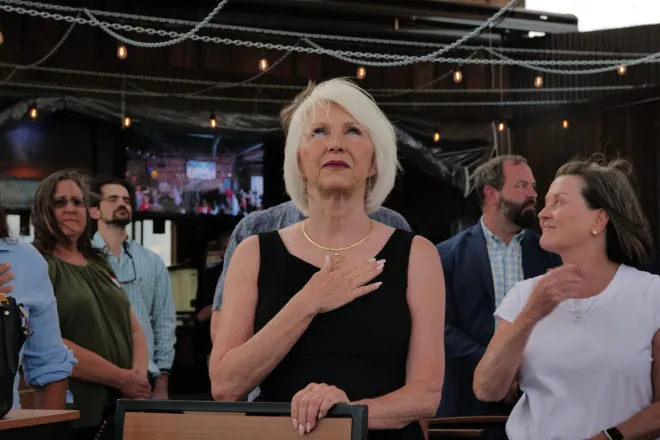
Colleges, universities navigate new virtual world of learning amid COVID-19
For years, Michael Shelmet said he has been working with college faculty to discuss the ways online platforms can be used to augment classroom instruction.
In the second half of March, Shelmet, director of instructional technology at Drexel University, ramped up his efforts as word came the Philadelphia-based higher education institution was going to be closing its campus and transitioning to online learning in response to COVID-19.
“Generally, overall, things are going well, all things considered,” Shelmet said as Drexel’s faculty navigated the uncharted territory of finishing course curriculum this spring without face-to-face classroom instruction.
The abrupt shift to a solely virtual learning model has been seen at colleges and universities across Pennsylvania – and elsewhere in the U.S. – in an effort to maintain some sense of normalcy at a time of uncharted territory.
The University of Pittsburgh became one of the first higher education organizations to make the call to close campus, doing so on March 11 just as it became clear such terms as “social distancing” were going to become a major part of the American vernacular as the novel coronavirus began spreading across the country.
Pitt professors resumed their instruction March 23, using a number of platforms, including Zoom, which has become a popular technological device in a number of settings to maintain connectivity at a time of physical distance.
In a post on PittWire, the university’s news platform, Ray Jones, a clinical professor of business administration in the Joseph M. Katz Graduate School of Business, shared how his students helped him navigate Zoom and other platforms, including GroupMe.
“One nice thing about a 40something-year-old person like myself, teaching 20somethings, is that they have lots of experience using social communication tools online,” Jones said.
While a number of Pitt faculty members conceded they miss the traditional classroom setting, they said the support and ease in using some of the platforms has minimized whatever hiccups have arisen.
Lori Campbell-Tanner, senior lecturer and academic advisor of Pitt’s Department of English and Film and Media Studies programs, said her first two courses on day one went off without a hitch.
“Both classes were fully attended, students were on time and everyone seemed to be really engaged in what we were doing,” Campbell-Tanner said. “I’m not particularly tech savvy and found Zoom to be easy to use. For me, nothing beats the classroom, but this is working just fine.”
At Drexel, Shelmet said the quick transition would not have been possible without an “all hands on deck” approach to addressing the situation at hand.
“It’s really been a group effort,” he said. “Everyone has been so positive.”
From the discussions he has had with faculty, Shelmet said a willingness to be flexible has made the transition go smoothly.
“There clearly are some things we are not going to be able to do virtually,” Shelmet said. “It becomes a question of how we transition some of that knowledge without the online component.”
Amid these challenging times, Shelmet said he also sees a silver lining for the future of higher education – one where traditional physical learning is more symbiotic with online tools.
“We’re seeing the potential of what we can do through this,” he said. “It’s my hope everyone will come out of this with at least a baseline of technological knowledge.”

















